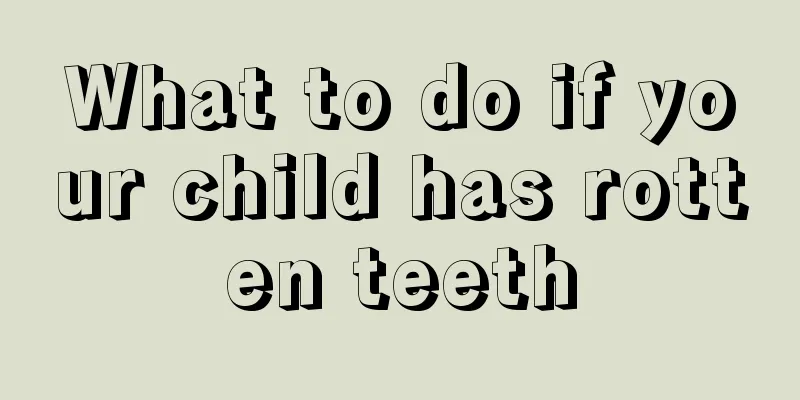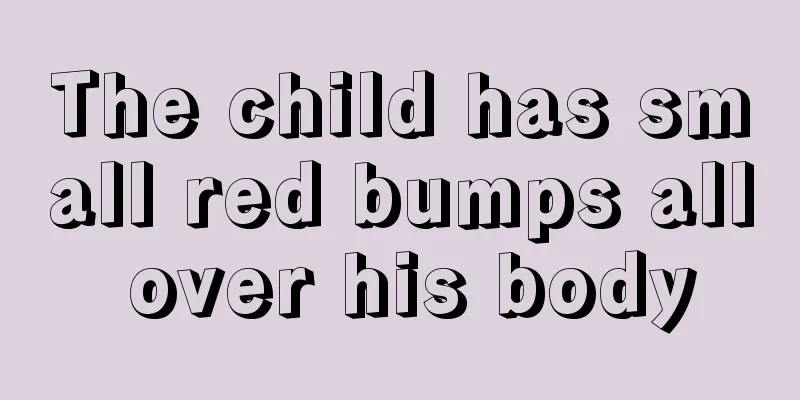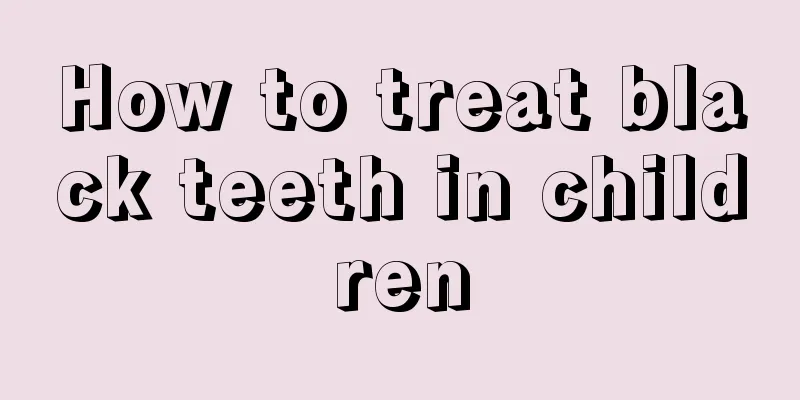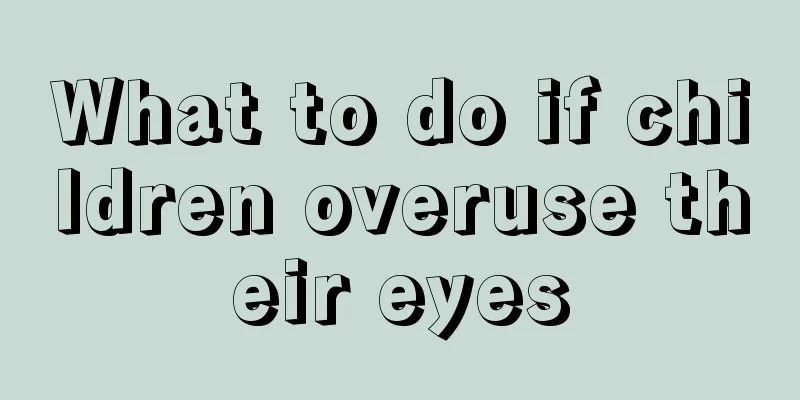How to treat upper respiratory tract infection in children
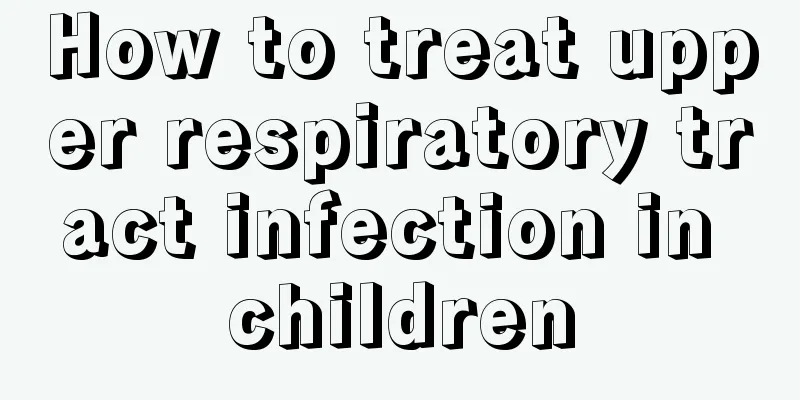
|
Upper respiratory tract infection is a term that everyone is familiar with. Upper respiratory tract infection is also called cold. It is a very common disease in our lives and occurs all year round. There are many people who suffer from upper respiratory tract infections, whether they are white-haired old people or hungry children. Upper respiratory tract infections are relatively easy to treat for adults, but we all know that children have poor body resistance. So how do we treat upper respiratory tract infections in children? 1. Drug therapy It can be divided into causal therapy and supportive therapy. Traditional Chinese medicine is often used to treat viral infections in causal therapy. Some people extract secretory IgA from colostrum and use it as nasal drops, 0.3-0.5 mg/(kg·d), divided into 6-8 times, for 2-3 consecutive days, with good therapeutic effect. Bacterial infections are treated with penicillin and other antibiotics. Most acute upper respiratory tract infections are viral infections. Antibiotics are not only ineffective, but can also cause dysbiosis in the body's flora, so their abuse must be avoided. When combined with bacterial infection, such as pharyngitis or tonsillitis caused by group A beta-hemolytic streptococci, penicillin is effective. If it is ineffective after 2 to 3 days, infection with other pathogens should be considered. When the fever is high, first apply a cold towel to the forehead and entire head. also. General antipyretics such as appropriate amounts of aspirin or acetaminophen (paracetamol) can be used, and can be repeated every 4 to 6 hours depending on the condition of the disease, but avoid excessive dosage to prevent a sudden drop in body temperature, sweating, or even collapse. For children with mild cough, especially infants, it is not advisable to use large amounts of Chinese and Western cough suppressants. 2. Local treatment If you have rhinitis, in order to keep your respiratory tract clear and ensure rest, you should use pediatric nasal drops before meals and bedtime, 4 to 6 times a day, 2 drops in each nostril each time. Infants should avoid using oily nasal drops as they may be inhaled into the lower respiratory tract and cause lipoid pneumonia. When older children suffer from pharyngitis or tonsillitis, they can gargle with light salt water or compound boric acid solution. 3. Traditional Chinese medicine treatment Upper respiratory tract infection is called "cold" in traditional Chinese medicine. According to the clinical manifestations, it can be divided into two types: wind-cold cold and wind-heat cold. Traditional Chinese medicine calls influenza "seasonal cold". Its clinical manifestations are similar to those of wind-heat cold, and it is a severe case of wind-heat cold. When the heat is severe, it is easy to cause convulsions (heat shock); it is easy to cause gastrointestinal symptoms such as vomiting and diarrhea due to food stagnation. Regardless of wind-cold or wind-heat, the disease is located on the surface and should be treated with the method of dispelling exterior pathogens, using pungent and warm diaphoretics to treat the wind-cold type and using pungent and cool diaphoretics to treat the wind-heat type. How to treat upper respiratory tract infection in children? Looking at the several treatment methods introduced above, I believe everyone has a new understanding of how to treat the disease. We know that children not only have poor physical resistance, but also are not suitable for using too many drugs. Therefore, when facing such diseases in children, in addition to a light diet to ensure the nutrition needed by the child, it is also better to give the child more water. |
<<: How to treat urinary tract infection in children?
>>: What to do if a one-year-old child has poor digestion
Recommend
Children often have low-grade fever
If a child often has a low-grade fever and parent...
How to distinguish the authenticity of one-year-old baby milk powder
Milk powder is food for children. It is also what...
How to determine if a baby has a sprained neck?
Since babies have very poor self-care ability, th...
Is it normal for a three month old baby to drool?
Many times, babies' saliva will often flow ou...
What to do if your one-year-old baby is anemic
Anemia not only exists in adults, it also exists ...
Reasons for excessive spitting up in newborns
It is normal for newborns to spit up milk, especi...
How should appendicitis in children be treated?
Many children will have symptoms of appendicitis....
What to do if your 4-year-old child drools
Children may develop various bad habits. Recently...
Can the Japanese encephalitis vaccine be delayed?
Japanese encephalitis vaccine is an important met...
What are the physical methods of cooling down children's fever?
Parents are very worried when children have certa...
What is the most effective way to stop vomiting in children?
It is inevitable that people will vomit in their ...
What does it mean when a child's urine protein is three plus?
The urine protein test report may show three plus...
Symptoms of pituitary gland abnormalities in babies
If a child has pituitary gland abnormalities, the...
What to do if a one-month-old baby has a fever of 37.7
The biggest headache for many young parents is th...
Children's platelet count is 460
Platelets are small pieces of cytoplasm and are a...
